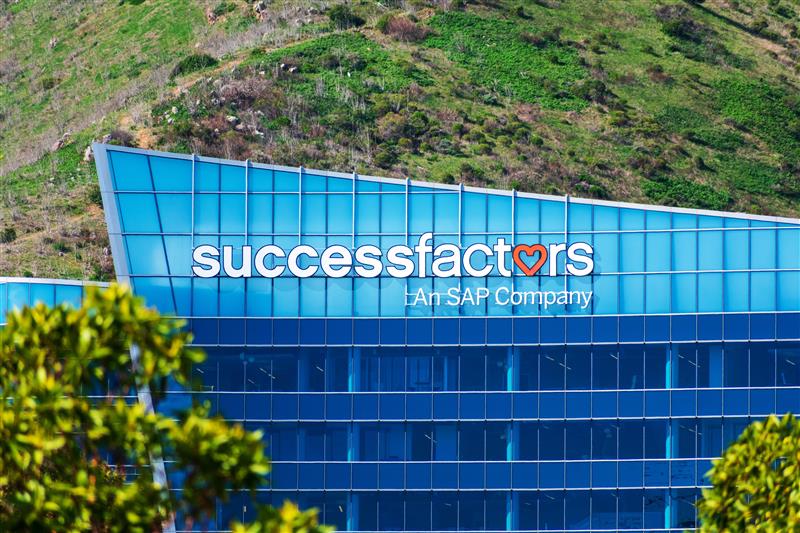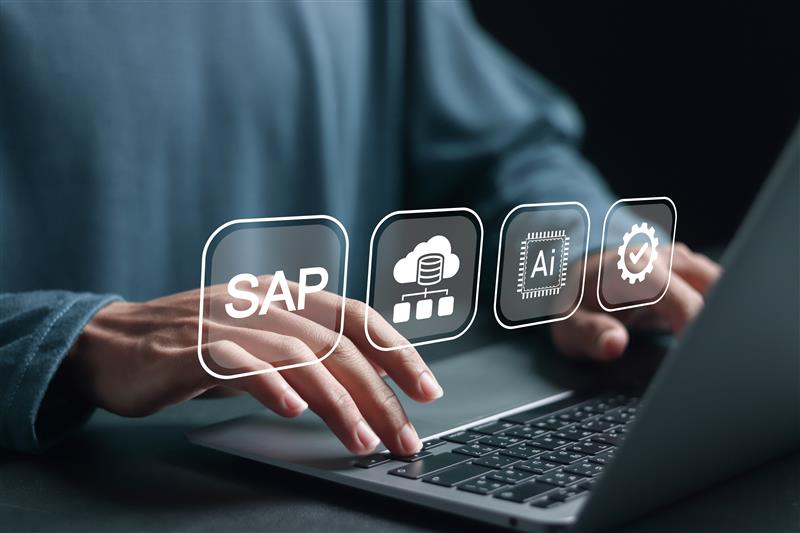Migrating SAP ERP HCM Data to SAP SuccessFactors
An Interview with Ari Levin of Accenture
How are you experiencing the event? What goals did you have for the event?
This a great event. I represent a group within accenture called Accenture Software for Human Capital Management. Our specific group has been attending these HR shows for as long I have been with the group, which has been at least five years. We have always had a very positive experience. We’ve had great interactions with customers, and we gain an understanding of new technology trends and updates to SAP SuccessFactors from SAP. It’s a really important event for us to be at, and we’re very happy to be here. We continue to show our enthusiasm.
Coming here, we’re trying to reach clients with our message around our specific experiences where we see gaps within the SAP SuccessFactors and SAP solutions, so we can address those with our software tools. We’re a little bit different from the consultants at Accenture in that we are laser-focused on making sure that we look at the gaps that our customers are coming to us with and then trying to smooth those out with our tools that we can bring to the table.
Explore related questions
So we are trying to get the word out on how we can help our customers, get a better understanding of the technology trends and the updates from an SAP SuccessFactors perspective, and interface with our existing customers and find out how they are doing and how their projects are coming along.
Was this your first time speaking?
No, I think I spoke for the first time at HR 2013, and I’ve spoken every year since then, including other conferences like SAPPHIRE and SuccessConnect. So at this point I’m a pro or a veteran at these things.
What tips could you offer to someone at an organization that is just starting to implement a conversion of their SAP ERP HCM data to SAP SuccessFactors?
Conversion is a very interesting space in which to be these days because there are so many customers who are either in the middle of their journey from SAP to SAP SuccessFactors or looking to embark on a journey from SAP to SAP SuccessFactors, and so I think it’s really top of mind.
I would say that I think it’s very important to do your homework beforehand and understand all the different considerations with respect to conversion. A couple of things that come to mind are making sure you have a great data-validation strategy that you can use to be able to make sure that you can use it to convert your data from one system to another. Look at the technology benchmarks for when you are planning on going live. So if you think about how technology has changed in the last three or four years in terms of the methods that are available for conversion, the speed of conversion, and the amount of time with respect to cutover dates, all these things are to a certain extent in a state of constant flux and will change if you go live six months from now versus today.
So if you are working with a partner or somebody you can trust who has experience with implementation, talk to that person and ask important questions, such as how big should my file sizes be? How long can my cutover take? How can I compress or extend this schedule? Do the homework; it’s important.
Also, I’m bias in this respect, but I think it’s important to understand the tools available with respect to conversion because you can save yourself a significant amount of time, effort, and pain using an established tool. There are many tools available, so do the research.
Are you referring to third-party tools?
Both SAP’s tools and third-party tools. SAP offers a number of tools for conversion purposes, and there are also third-party tools available, including a tool that Accenture offers for conversion. So do the research.
Is there a common challenge or pain point that organizations face when converting SAP ERP HCM to SAP SuccessFactors?
I’ll come back to this whole idea of technology. Technology is changing. SAP is also in the process of rebranding some of its offerings. For example, SAP renamed the SAP HANA Cloud Platform the SAP Cloud Platform. There are a lot of things customers need to understand and get straight in their heads before they push a conversion forward.
Another point is that a conversion to SAP SuccessFactors is not the same at all as it was in terms of a conversion to SAP ERP HCM. There are lots of different technologies, different processes, and different purposes of the system. For example, SAP SuccessFactors is a lot more of self-service with different people looking at data and interacting with the system. You need to adjust your approach appropriately. It won’t be like the old-school big bangs where you cut over during the course of a night or a weekend and then went live with the new system. You have to be able to move at a more deliberate pace to be able to get from one system to the other. This means understanding all considerations for keeping your systems in sync as you continue to go live and how you cut from one system to another, especially over a larger period of time, such as two weeks.
Look at a good strategy for doing a cutover and how you can make sure that data that gets changed in the process from when you originally started your cutover to when you actually go live is dealt with appropriately.








